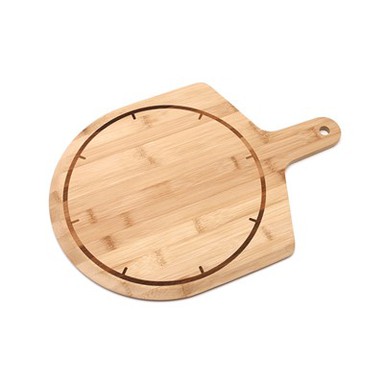Classification Criteria For Pallets
Feb 18, 2024
There are various types of pallets based on their material, purpose, table top, forklift insertion method, and structure. Especially in some situations that require fast operation, due to the high efficiency, safety and stability of pallet operation, various countries have developed a variety of specialized pallets. For example, flat glass container pallets, tire specific pallets, large-sized object pallets, and oil drum specific pallets, etc.
It is precisely because of the wide variety of pallets, their wide applicability, and crucial interconnectivity that they occupy a central position in the efficiency of various logistics processes such as loading and unloading, storage, transportation, and packaging, and have important connecting functions. Therefore, although pallets are just small appliances, their specifications and dimensions are the core of packaging size, carriage size, and container unit size. Only by taking the size of pallets as the standard, can the rationality and efficiency of loading, unloading, storage, transportation, and packaging operations be best reflected by determining the supporting specifications and serial specifications of packaging, truck carriages, train carriages, container boxes, and other related dimensions. In addition, the specifications and dimensions of the pallets also involve the size of the cargo in the container unit. The size of containerized goods also involves the size of packaging units, truck carriages, railway truck carriages, warehouse passages, and shelves, and even relates to the infrastructure of logistics, such as the structural structure of freight loading and unloading sites such as train stations, ports, and docks, as well as the standard size of loading and unloading equipment. Therefore, in a sense, the standardization of pallets is not only a prerequisite for pallet leasing, pallet circulation, and recycling, but also a decisive factor in achieving mechanization and automation of loading and unloading, packaging, transportation, and storage operations. Without unified pallet specifications and standardized facilities, equipment, devices, tools, etc. based on pallets, only local logistics can be rationalized, making it difficult to achieve overall logistics rationalization. Therefore, unifying the specifications and standards of pallets to minimize logistics costs has naturally become a common desire in the logistics industry.
However, due to the impact of tray specifications on the economic interests of different regions and country groups, it is almost difficult to achieve a balance of interests on tray issues in the short term. Some tray specifications that have already been implemented in certain regions and countries are no longer able to compromise or compromise with each other. In this way, ISO has great difficulties in unifying the specifications of global intermodal pallets, and ultimately can only adopt an inclusive attitude towards the specifications of six pallets, namely 1200 mm x 1000mm, 1200 mm x 800mm, 1219mm x 1016mm (i.e. 48 inches x 40 inches), 1140 mm x 1140 mm, 1100 mm x 1100 mm, and 1067 mm x 1067mm, which have already been implemented in relevant regions and countries in ISO 6780 "Main dimensions and tolerances of universal flat pallets for intermodal transportation", Combine the specifications of these 6 pallets as a globally recognized international standard.







